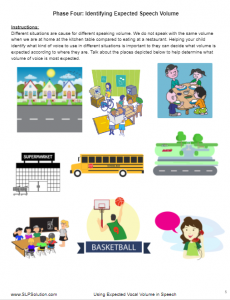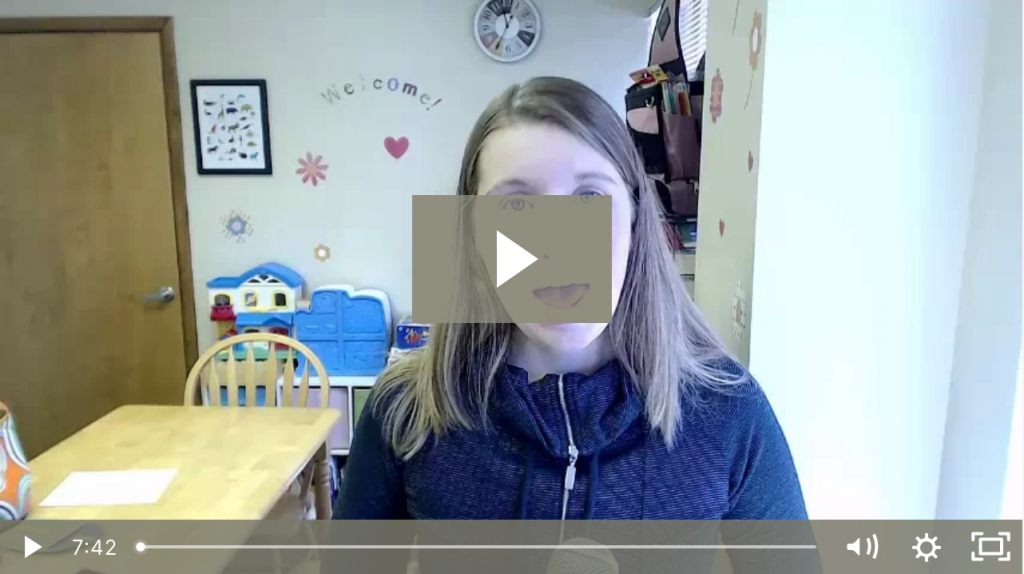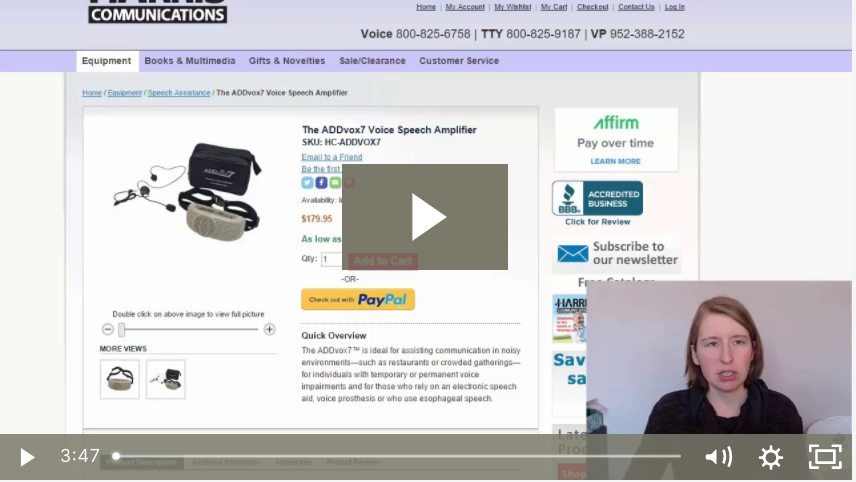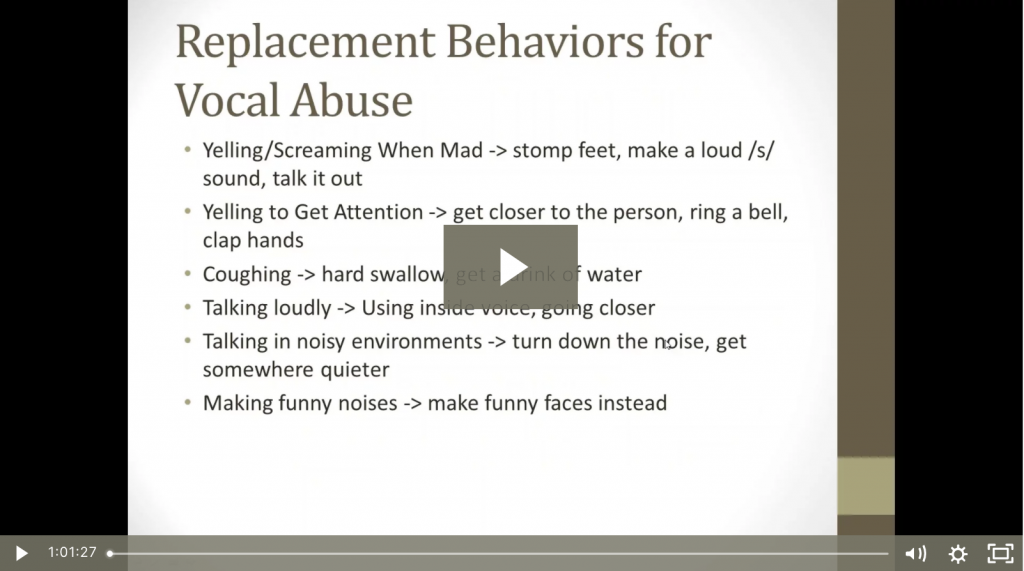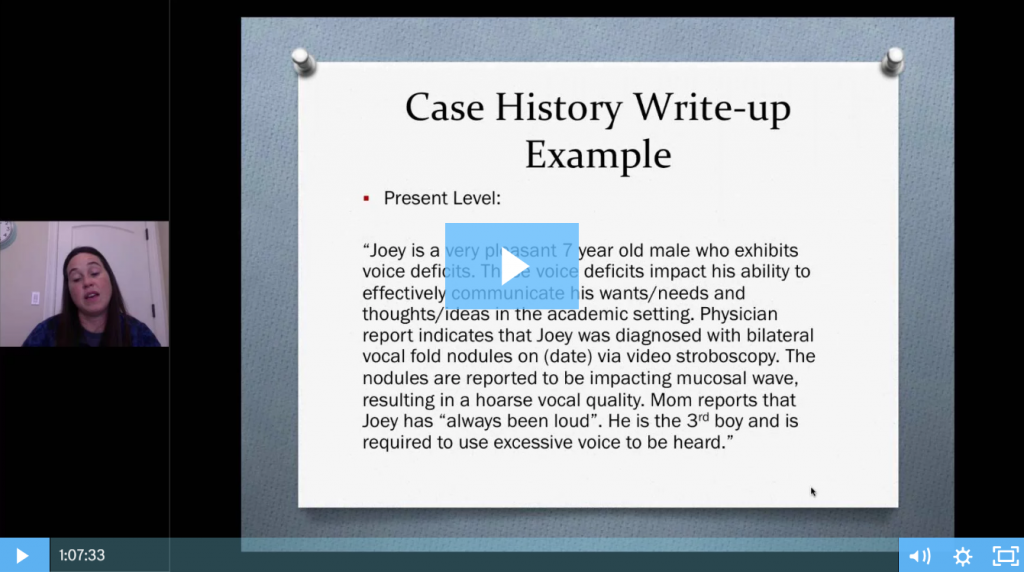Goal: Using Expected Vocal Volume in Speech
Overview:
Watch this video for an overview of how to teach a child to use appropriate vocal volume.
Long Term-Ultimate Goal:
The client will independently use expected vocal volume during spontaneous conversation in 2 different settings on 3 out of 4 data collection days.
Download the No-Prep Therapy Kit:
We have a start-to-finish therapy kit that will give you everything you need to practice this skill in therapy and send home homework. Click the packet below to open it. Then, print it out and place it in the child’s notebook or binder.
Therapy Phases:
The first thing that must be considered with any voice client is whether or not there is a physical cause of this behavior. Please make sure that your client is checked by an ENT and cleared for therapy before continuing.
Once cleared for therapy, we will continue to approach this as a learned behavior. We will begin by having the client identify the difference between quiet, loud, and medium. Get out some musical instruments and practice with non-speech sounds first.
- Refer to ENT: All clients who are referred for voice issues should be seen by an ENT first to check laryngeal structure and function in order to be cleared for therapy.
- Learning About Environmental Noises/Volume: The client will independently identify environmental noises as either loud, quiet, or medium on 8 out of 10 opportunities on 3 out of 4 data collection days.
- Learning About Speech Volume: The client will independently identify speech volume as either loud, quiet or medium on 8 out of 10 opportunities on 3 out of 4 data collection days.
- Identifying Expected Speech Volume: The client will independently identify the volume of speech that is expected in a variety of situations in 8 out of 10 opportunities on 3 out of 4 data collection days.
- Using Expected Volume in Therapy Setting: The client will use expected volume during conversational speech in the therapy room with no more than 2 visual cues on 3 out of 4 data collection days.
- Using Expected Volume in Other Settings: The client will use an expected vocal volume during conversational speech in a variety of settings with no more than 2 visual cues.
- Adjusting Vocal Volume to Repair Communication Breakdowns: The client will independently recognize when communication breakdown has occurred and adjust vocal volume 85% of the time.
Disclaimer (For Copy and Paste):
Feel free to copy and paste these sample goals into your plan but make sure you modify them to meet the individual needs of the child. This should include individualized level of cueing, such as "independently" or "with verbal prompts".

